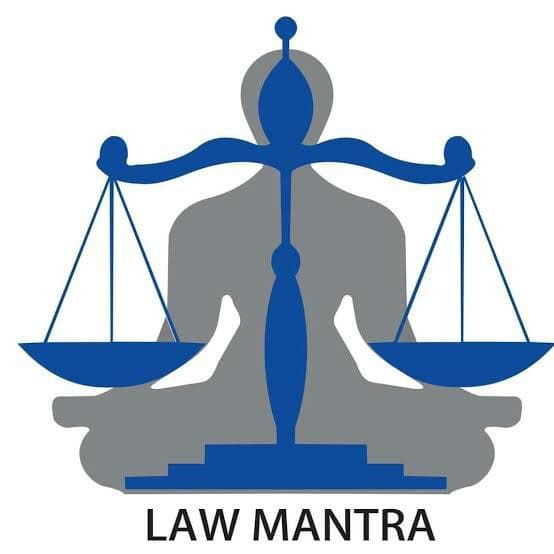In this case, The Supreme Court well employed the doctrine of Harmonious Construction to bring a settlement between the provisions of Sec 17 and Sec 18 of the Industrial Disputes Act, 1947
Before this case, certain disputes between the employer and the workmen were referred to an industrial tribunal. After adjudication, the tribunal sent its award to the government for publication. However, before the award was published, the parties to the dispute came to a settlement and accordingly, wrote a letter to the government jointly, intimating the fact that the dispute had been settled; hence the award shall not be published. On the government’s refusal to withhold the publication, the employer approached the High Court for a writ or direction to the government to withhold the publication. The High Court rejected the writ petition as well as the writ arising therefrom. The parties then appealed by special leave to the Supreme Court.
The main contention of the appellants was that Section 17 of the Industrial Disputes Act, 1947 is directory in nature and not mandatory.
It is not always easy to determine whether a particular statute is mandatory or directory. Ordinarily the words ‘shall’ and ‘must’ are mandatory, and the word ‘may’ is directory, although they are often used interchangeably in legislation.
Sec 17(1) states, “Every award shall within a period of thirty days from the date of its receipt by the appropriate government be published in such manner as the appropriate government thinks fit”. The Court observed that the use of the word ‘shall’ is a pointer to Section 17(1) being mandatory in nature.
Section 17(2) states, ‘Award published under sub-section (1) shall be final and shall not be called in question by any court in any manner whatsoever.
Section 17A, of the Industrial Disputes Act, provides that the award under Section 17 becomes enforceable after thirty days of publication, though the government may declare certain contingencies in which it may not be enforceable.
The court read Section 17 and Section 17A together and declared that the intention behind Section 17 is that the duty cast on the government to publish the award is mandatory and not directory.
But on further observation, the court directed its attention to Section 18 of the Industrial Disputes Act. Section 18 (1) provides that a settlement arrived at by agreement between the employer and the workmen otherwise than in the course of conciliation proceeding shall be binding on the parties to the agreement.
Section 18 (2) provides that an award which has become enforceable shall be binding on all parties to the industrial dispute and others.
The second contention of the appellant was that the main purpose of the Industrial Disputes Act is to maintain peace between the parties in an industrial concern. Therefore in the present case, since the parties have already come to a settlement under Section 18 (1), the dispute between them comes to an end. Thus, the settlement arrived at should be respected and industrial peace should not be allowed to be disturbed by the publication of the award which might be different from the settlement.
The court then referred to the case of State of Bihar v. D.N. Ganguly where a settlement had been arrived at between the parties and the industrial dispute was pending before the tribunal. The only remedy for giving effect to such a settlement would be to cancel the reference. The decision given in this case directed the tribunal to make the award in accordance with the settlement arrived at between the parties.
The Supreme Court observed that in the present case, there is a conflict between settlement under Section 18 and the duty of the government under Section 17 of the Industrial Disputes Act, 1947. Here a settlement is arrived at between the parties to the dispute before the tribunal, after the award has been submitted to the government but before its publication, there is no dispute left to be resolved by publication. So the government should refrain from publishing the award.
However, Wanchoo J. observed, ‘It is clear, therefore, reading Section 17 and Section 17A together that the intention behind Section 17 (1) is that a duty is cast on the government to publish the award within 30 days of its receipt and the provision for publication is mandatory and not merely directory.’
Though the Supreme Court maintained that Section 17 (1) is mandatory, and ordinarily, the government has to publish an award sent to it by the tribunal but with a view to avoid a conflict between a settlement binding under Section 18 (1) and an award binding under Section 18 (3) on publication, it held that the only solution is to withhold the publication of the award as this would not in any way affect the mandatory provision of Section 17 of the Industrial Disputes Act, 1947.
Conclusion
In the above case, the principle of harmonious construction was employed. The Supreme Court’s decision is a fine example of how the provisions of one section can be enforced without rendering the provision of another section of the statute dead or useless. Under labour law, settlement between the parties is given more importance than an award announced by a tribunal. In the present case, since it was an exceptional circumstance, the publication of the award was withheld. The restrain on the government to not publish the award ensured that the objective of the Industrial Disputes Act, 1947 i.e. to maintain peace between the parties, was not defeated and the mandatory nature of Section 17 of the Act was also not destroyed.
BY: ANKIT RAJPUT
